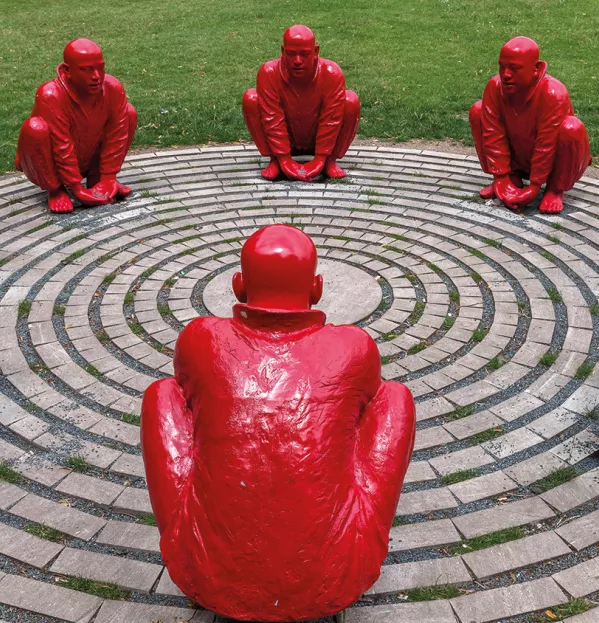The best examples of circle time help nursery children to develop a sense of community and introduce them to new books, songs and ideas.
In the worst examples, we reprimand, guilt and praise children into staying in the holding pen of the circle while our co-workers go on a break or set up the room for the next part of the day.
A decade ago, I got pretty good at running traditional, by which I mean “mandatory”, circle times. I read children stories, engaged them in all sorts of games and kept them entertained and engaged. And most of the children - those who weren’t sent for a short time out - found them enjoyable.
But I don’t run mandatory circle times any more. They don’t sit well with my current personal values, professional judgement or understanding of early childhood development.
Furthermore, I now believe that all the time, thought and energy I devoted to refining my circle time routine would have been better spent learning about serve-and-return interactions, emotional literacy, attachment theory and young children’s sensory needs.
The truth is, I only used this technique because that’s what happened at the nurseries where I first worked. In the vacuum of not knowing anything about how best to help young children learn and develop, I assumed that my job was to slowly - but nicely - break them in for what was to come in their “proper” school years.
But switching focus to the other practices listed above has made me value and develop children’s literacy and social, emotional and communication skills more than I ever did in my circle-time days.
I now have many more, varied, informal and spontaneous “circle times” with children who actually want to participate. The rest of the time, I am communicating with one child, or even sitting back and observing what the children are happily getting on with in the environment I have set up for them.
I also read many more books and sing more nursery rhymes than I used to, and I can guarantee you these are more meaningful experiences for all involved.
Let me be very clear: I am not proclaiming circle times to be “bad practice” at all, but they just don’t work for me. And I do think they need more thought.
We should reflect on why we do them and what purpose they serve. Most of all, we shouldn’t think that they are the only time in the day when we are “real teachers” - because that simply isn’t true.
Young children are practically always learning and what we do in every moment we share with them is a form of teaching.
David Cahn is an early years teacher and carer at a large children’s centre and primary school in Leeds. He has also written a children’s book called Umar, which is available from davidncahnbooks.bigcartel.com
This article originally appeared in the 27 September 2019 issue under the headline “Why circle time should shape up”
